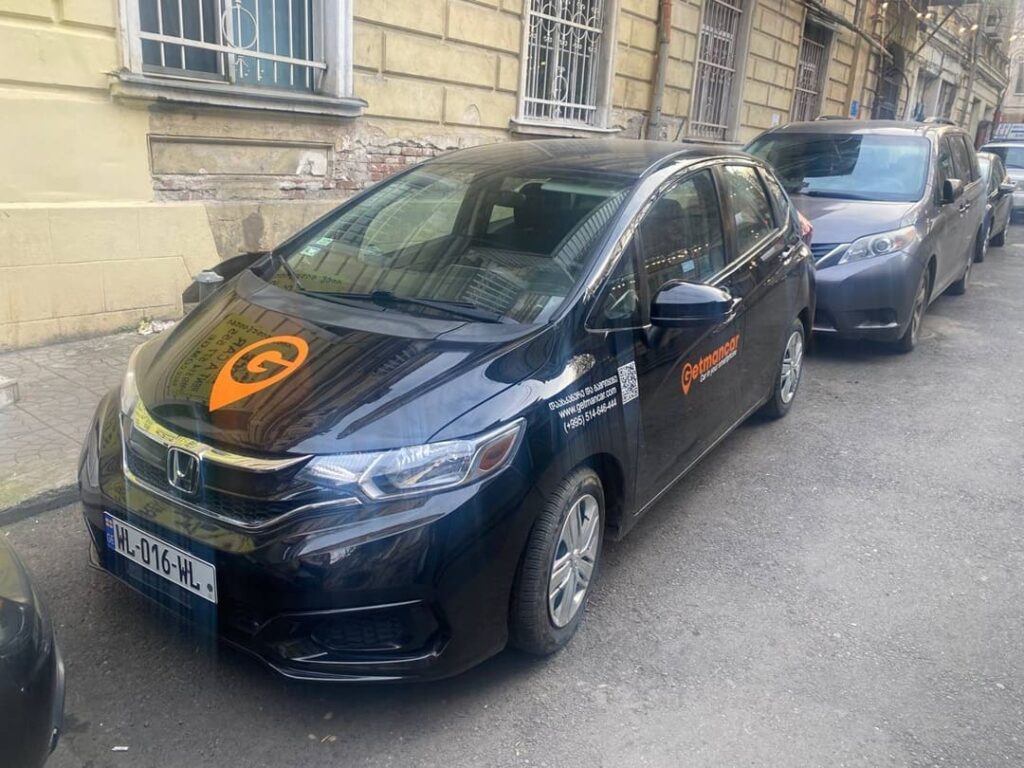There’s something wildly liberating about the idea of a one-way road trip in Europe. You fly into Paris, rent a car, and days (or weeks) later, you drop it off in Rome. In between? Castles in Germany, vineyards in Austria, and maybe a surprise beach day in Croatia. No need to circle back, no wasted time — just forward momentum and open roads.
But as with all good things in travel, there’s a catch: drop-off fees. That lovely one-way journey you planned can come with an extra bill that looks more like a flight upgrade than a car rental. So is it worth it? How do you do it smart? And can you actually beat the fees?
This guide answers all that — with real tips, real routes, and a few rental companies that won’t make you regret not driving in circles.
What Is a One-Way Car Rental (and Why It’s So Tempting)?
A one-way rental simply means picking up your rental car in one city (or country) and dropping it off in another. Unlike traditional round-trips, you’re not locked into returning to the same location.
That opens up massive possibilities:
- Starting your trip near a cheaper airport
- Exploring multiple countries without backtracking
- Finishing in a completely different region (or even climate)
It’s especially useful in Europe, where countries are small, roads are great, and crossing borders is often seamless — thanks to the Schengen Agreement. Want to start in Amsterdam and end in the Italian Riviera? Totally doable. Want to see the Alps and the Adriatic in one week? Easy.
But — and this is key — rental companies charge extra to retrieve the car from a different location. That’s where things get tricky.
The Drop-Off Fee Dilemma — What You’re Really Paying For
Drop-off fees vary wildly, depending on distance, country, rental company, and even season. Intra-country one-way rentals (say, from Paris to Nice) often come with no fee at all. But international drops? They can add €100–€500+ to your bill.
Why the huge range?
Because the rental company has to get the car back. If there’s no demand at the return location, they may have to transport it themselves — which costs them money. You’re covering the logistics.
Here’s an example:
| Route | Estimated Drop-Off Fee (2025) | Notes |
|---|---|---|
| Paris → Nice | €0–€50 | Same country, popular route |
| Munich → Vienna | €70–€150 | Short cross-border, low-moderate |
| Rome → Amsterdam | €250–€450 | Long distance, multi-country |
| Tbilisi → Batumi (Georgia) | $0–$30 | Domestic with Getmancar |
Fun fact: In Georgia, companies like Getmancar are starting to offer one-way drops between cities like Tbilisi and Batumi with minimal fees — a model Europe is slowly catching up with.
How to Avoid or Reduce Drop-Off Fees (Yes, It’s Possible)
You won’t always dodge the drop-off charge — but with a bit of strategy, you can often reduce it drastically.
1. Stick to One Country
Staying within national borders gives you a much better shot at low or no fees. France, Spain, Italy, and Germany all have major rental networks with plenty of one-way options inside the country. Try:
- Madrid → Barcelona
- Munich → Frankfurt
- Milan → Naples
These are well-traveled routes, and companies often redistribute cars between these hubs anyway.
2. Use Local Companies

Some local or regional rental agencies — especially in Eastern Europe — are more flexible with drop-offs. For example:
- Getmancar (Germany, Romania, Ukraine, Georgia, Moldova) allows one-way bookings between major cities at very low or no cost.
- Oscar Car Rental (Denmark) offers free domestic one-ways.
- Autoeurope sometimes brokers deals between partner agencies with no extra fee.
Always check the small print before booking. A smaller brand might not show up first on search engines — but they might be more willing to work with you.
3. Compare via Aggregators
Use comparison tools like Rentalcars.com, Discover Cars, or Kayak — they often show the total rental price, including any drop-off fees. Look for rental companies that include the fee upfront or reduce it during off-season bookings.
Life hack: Try searching the same route in reverse. Sometimes the drop-off fee only applies in one direction. A Rome-to-Vienna drop may cost €300 — but Vienna-to-Rome might only cost €80.
Best One-Way Road Trip Routes in Europe
If you’re going to do a one-way rental, make it count. Here are a few legendary itineraries where the experience is worth every euro — and the drop-off fees can often be minimized.
Amsterdam → Munich → Salzburg → Venice
Start in bike-friendly Amsterdam, cruise down through Bavarian castles, catch a Mozart concert in Salzburg, and end with gondolas in Venice. Drop the car there and take a train or flight home.
Lisbon → Porto (or vice versa)
Portugal’s compact, coastal beauty makes this a great one-country route. No border crossings, easy roads, and amazing wine stops.
Tbilisi → Batumi (Georgia)
A newer route that’s getting more popular thanks to Getmancar. Cross the entire country in a day (or three), stopping in Borjomi, Kutaisi, and the Black Sea coast. Most cars are hybrids, and fees are minimal — if any.
Nice → Milan → Lake Como → Zurich
For those chasing culture and alpine air, this combo of France, Italy, and Switzerland is unbeatable. Just make sure your rental includes a Vignette for Swiss highways — or plan to take scenic (but slower) side roads.
Insurance, Borders, and Hidden Fees — Read the Fine Print
Crossing borders in Europe is easy for you — but not always for your rental car.
Before you book:
- Confirm that international travel is allowed. Some rental companies restrict which countries you can enter.
- Ask about insurance. Even if your car is covered in Germany, it might not be in Albania or Serbia.
- Watch for mandatory equipment. Some countries require reflective vests, warning triangles, or winter tires by law.
And be honest about your plans. If you lie about crossing a border and get into an accident, your insurance might be void.
Freedom with a Price Tag (That You Can Often Dodge)
One-way rentals aren’t just a logistical convenience — they’re a gateway to true freedom on the road. They let you build the perfect trip without retracing your steps, see more of the continent, and go where trains can’t.
Yes, they can be expensive — but with smart planning, flexible routes, and a bit of local know-how, you can cut down or avoid fees entirely. And in places like Georgia, companies like Getmancar are already making one-way travel the norm, not the exception.
So next time you dream up a road trip that doesn’t end where it began — go for it. Europe was built for one-way roads. You just have to drive them.
